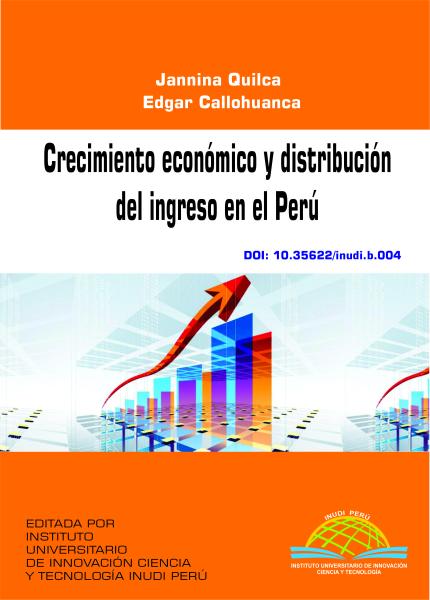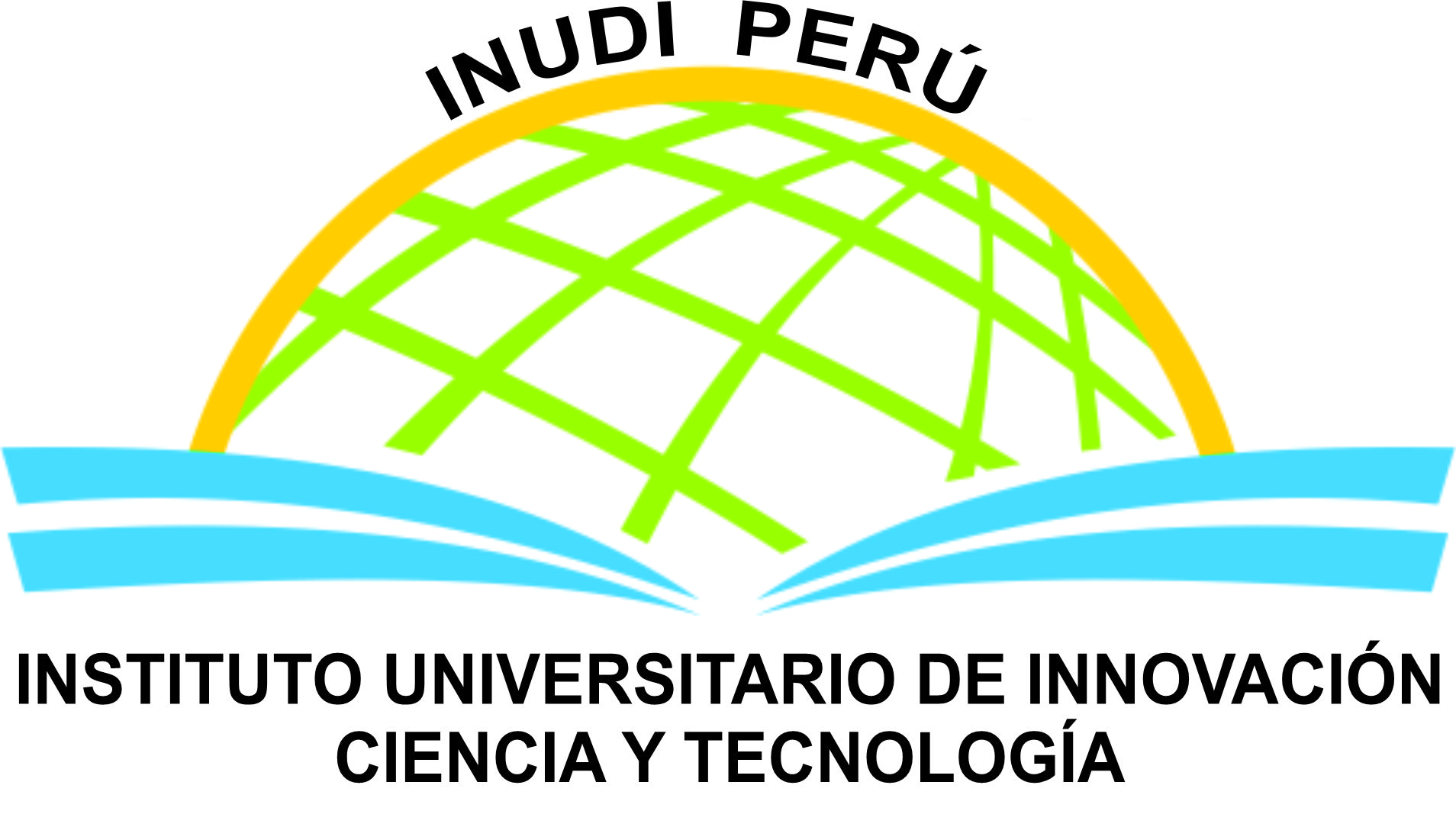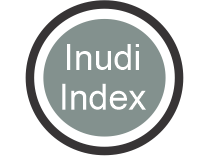Crecimiento económico y distribución del ingreso en el Perú
Palavras-chave:
Crescimento econômico, distribuição de renda, coeficiente de GiniSinopse
Since the economic recovery in the 1990s, the Peruvian economy has presented a favorable situation in terms of economic growth; however, income inequality in the country remains almost constant. In this context, the purpose of this research is to study the existence of a statistically significant relationship between economic growth and income distribution in Peru in the period 1990-2014, being important for its contribution to providing a better vision for the development of the economic policy in terms of reducing inequality; and preparation of short- or long-term corrective measures. For the development of the research, statistical data were collected and an econometric model of Ordinary Least Squares was built, taking as dependent variable the natural logarithm of GDP per capita, to explain growth and as independent variable to measure the level of inequality determined by the Gini Coefficient, as well as control variables used to give consistency to the model. The results suggest the existence of a quadratic relationship between economic growth and income inequality, they also explain that the Peruvian economy is in a first stage of the inverted U relationship between growth and inequality, raised in the economic literature.
Referências
Abusada, R., & Cusato, A. (2007). Crecimiento e Instituciones en el Perú: 1970-2006. http://ipe.org.pe/wp-content/uploads/2009/06/creciminiento-economico.pdf
Alesina, A., & Rodrik, D. (1994). Distributive politics and economic growth. The Quarterly Journal of Economics, 109(2), 465-490. https://doi.org/10.2307/2118470
Alesina, Alberto, & Perotti, R. (1996). Income distribution, political instability, and investment. European Economic Review, 40(6), 1203-1228. https://doi.org/10.1016/0014-2921(95)00030-5
Amarante, V. (2008). Crecimiento económico, distribución del ingreso y conflicto social: el caso de América Latina. En La economía política de la pobreza (pp. 31-65). CLACSO, Consejo Latinoamericano de Ciencias Sociales. http://biblioteca.clacso.edu.ar/gsdl/collect/clacso/index/assoc/D1131.dir/2amarante.pdf
Araujo, J., & Cabral, J. (2015). Relación entre la desigualdad de la renta y el crecimiento económico en Brasil: 1995-2012. Problemas del Desarrollo, 46(180), 129-150. https://doi.org/10.1016/S0301-7036(15)72122-X
Banco Mundial. (2006). OXFAM: Perú un país Escandalosamente Desigual. Peru noticias. https://perunoticias.tv/oxfam-peru-un-pais-escandalosamente-desigual.html
Banerjee, A., & Duflo, E. (2012). Poor economics. A radical rethinking of the way to fight global poverty. a Aguilar, Altea, Taurus, Alfaguara. https://www.palermo.edu/Archivos_content/2015/derecho/pobreza_multidimensional/bibliografia/Sesion2_doc4.pdf
Barro, R. (2000). Inequality and growth in a panel of countries. Journal of Economic Growth, 5, 5-32. https://link.springer.com/article/10.1023/A:1009850119329
BCRP. (1999). Memoria 1998.
BCRP. (2001). Memoria 2001. https://www.bcrp.gob.pe/publicaciones/memoria-anual/memoria-2001.html
BCRP. (2009). Memoria 2009. https://www.bcrp.gob.pe/docs/Publicaciones/Memoria/2009/Memoria-BCRP-2009.pdf
Benítez, O., & Ruiz, G. (2013). Distribución de la Riqueza y efecto sobre la tasa de Crecimiento para Chile entre 2001-2012 [Universidad Austral de Chile]. http://cybertesis.uach.cl/tesis/uach/2013/bpmfeb467d/doc/bpmfeb467d.pdf
Charles, J. (2015). ¿Existe una tasa óptima de desigualdad? Evidencia empírica de un panel de 112 países. El trimestre econ, 82(326), 313-350. http://www.scielo.org.mx/scielo.php?pid=S2448-718X2015000200313&script=sci_abstract
Cieza, V. (2007). Relación entre distribución del ingreso y crecimiento económico en el Perú (1950-2004) [Universidad Nacional Mayor de San Marcos]. https://cybertesis.unmsm.edu.pe/handle/20.500.12672/1740
Delbianco, F., Dabús, C., & Caraballo, M. Á. (2014). Income inequality and economic growth: new evidence from latin america. Cuadernos de Economía, 33(63), 381-398. https://doi.org/10.15446/cuad.econ.v33n63.45338
Gaviria, M. (2005). Distribución del ingreso y crecimiento económico. http://uac1.fuac.edu.co/revista/V4N2SEP2005/E.pdf
Gestión. (2018). PBI del Perú será el sexto más grande de América Latina en cuatro años. https://gestion.pe/economia/pbi-peru-sera-sexto-grande-america-latina-cuatro-anos-86401-noticia/
Gonzales, E. (2010). ¿Milagro peruano? : Crecimiento, desigualdad, pobreza y democracia. Economia peruana. http://blog.pucp.edu.pe/blog/economiaperuana/2010/06/09/milagro-peruano-crecimiento-desigualdad-pobreza-y-democracia/
Hurtado, C. (2015). La clase media peruana estuvo cerca de quintuplicarse en la última década. El comercio. https://www.lampadia.com/assets/uploads_documentos/a090d-la-clase-media-peruana-estuvo-cerca-de-quintuplicarse.pdf
Jiménez, F. (2010). La economía peruana del último medio siglo. CISEPA-PUCP.
Kaldor, N. (2010). Alternative theories of distribution. The Review of Economic Studies, 23(2), 83-100. http://piketty.pse.ens.fr/fichiers/enseig/ecoineg/articl/Kaldor1955.pdf
Larrañaga, O. (1999). Distribución de ingresos y crecimiento económico en Chile [REPOSITORIO DIGITAL Comisión Económica para América Latina y el Caribe]. http://hdl.handle.net/11362/7487
Loayza, N. (2008). El crecimiento económico en el Perú. Economía, 31(61). https://revistas.pucp.edu.pe/index.php/economia/article/view/477
Lozano, A. (2014). Desigualdad en la distribucion de la renta y crecimiento economico. http://diposit.ub.edu/dspace/bitstream/2445/60668/1/TFE-MOI-Lozano-Antonio-my14.pdf
Mendoza, W., & Leyva, J. (2011). La Distribucion del Ingreso en el Peru: 1980-2010. Revista CIS, 9(15), 27-50. https://dialnet.unirioja.es/servlet/articulo?codigo=6310270
Murga, M. (2015). Incidencia del crecimiento económico en la desigualdad económica en el Perú: 1997 - 2014 [Universidad Nacional de Trujillo]. http://dspace.unitru.edu.pe/handle/UNITRU/2133
Ortiz, I., & Cummins, M. (2012). Desigualdad Global: La distribución del ingreso en 141 países. Working papers 1104, UNICEF,Division of Policy and Strategy. https://ideas.repec.org/p/uce/wpaper/1104.html
Parodi, C. (2008). Globalización y crisis financieras internacionales : causas, hechos, lecciones e impactos económicos y sociales. http://hdl.handle.net/11354/2681.
Pozo, J. (2011). Crecimiento económico y distribución de los ingresos en el Perú : 1970-2007. un enfoque Macro. Universidad Nacional de Ingeniería.
Prialé, G. (2015). Retos del desarrollo económico y más oportunidades para todos. Peru21. https://peru21.pe/economia/retos-desarrollo-economico-oportunidades-180489-noticia/
Rios, S. (2003). Efectos de la desigualdad del ingreso sobre el crecimiento económico: un análisis por entidad federativa para México. Ensayos Revista de Economia, 1, 89-122. https://ideas.repec.org/a/ere/journl/vxxiiy2003i1p89-122.html
Rozenberg, A. (2000). Efectos de la crisis económica y financiera internacional, de 1997 a 1999, en la balanza de pagos del Perú. https://departamento.pucp.edu.pe/economia/documento/efectos-de-la-crisis-economica-y-financiera-internacional-de-1997-a-1999-en-la-balanza-de-pagos-del-peru/
Sánchez, B., & Bengoa, M. (2001). Crecimiento económico y desigualdad en los países Latinoamericanos. Información Comercial Española, ICE: Revista de economía, 790, 63-74. https://dialnet.unirioja.es/servlet/articulo?codigo=12589
Shuttleworth, M. (2008). Diseño de la Investigación Cuantitativa. https://explorable.com/es/diseno-de-la-investigacion-cuantitativa
Trombetta, M. (2009). Un análisis econométrico de la relación entre crecimiento y equidad. Yael Gráfica.
Turra, O., & Mayorga, W. (2009). Crecimiento y desigualdad en América latina Un análisis empírico. Criterio Libre, 7(10), 51-71. https://dialnet.unirioja.es/servlet/articulo?codigo=3228181
Webb, R., & Figueroa, A. (1975). Distribución del ingreso en el Perú. https://repositorio.iep.org.pe/handle/IEP/657
Yamada, G., Castro, J., & Bacigalupo, J. (2012). Desigualdad monetaria en un contexto de rápido crecimiento económico : el caso reciente del Perú [Universidad del Pacífico]. https://repositorio.up.edu.pe/handle/11354/380

Downloads
Publicado
Categorias
Licença

Este trabalho está licenciado sob uma licença Creative Commons Attribution 4.0 International License.















